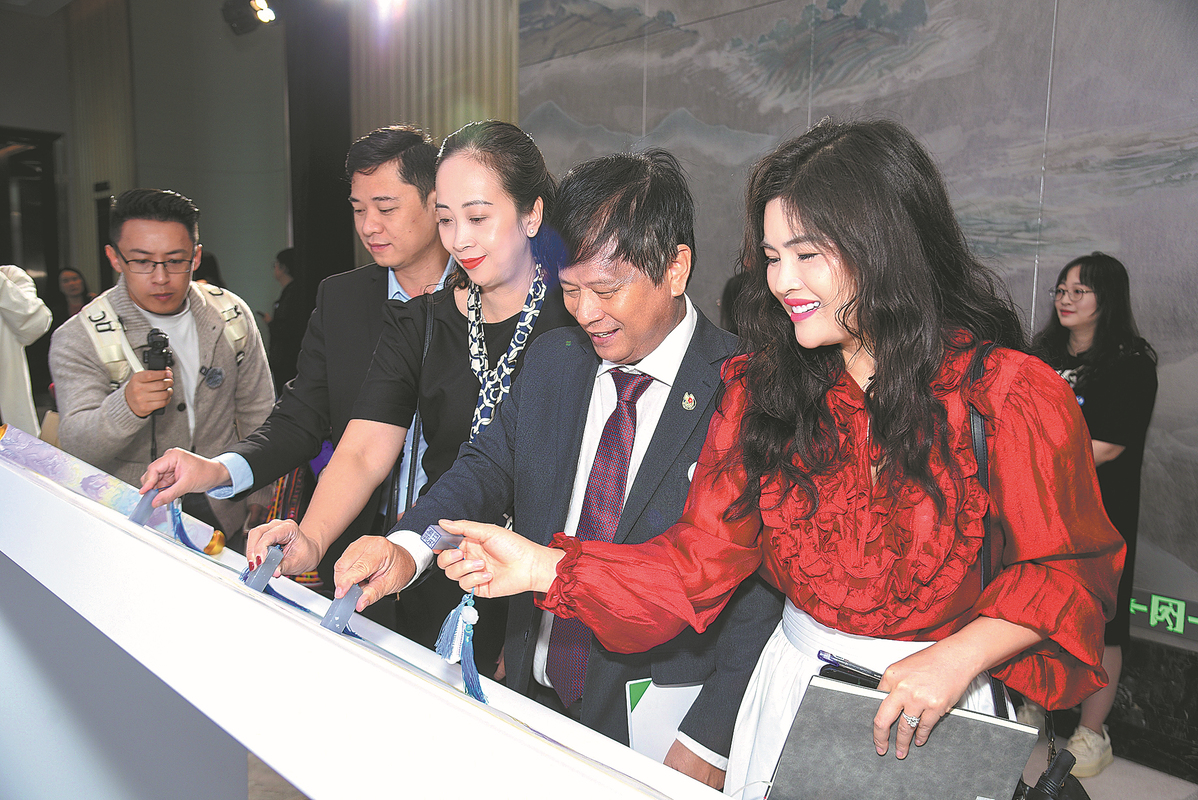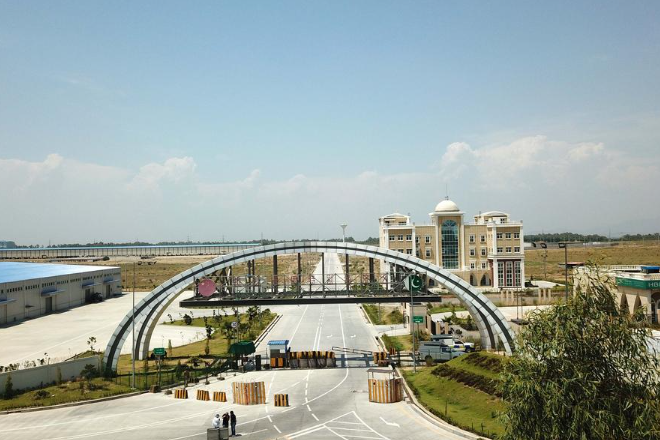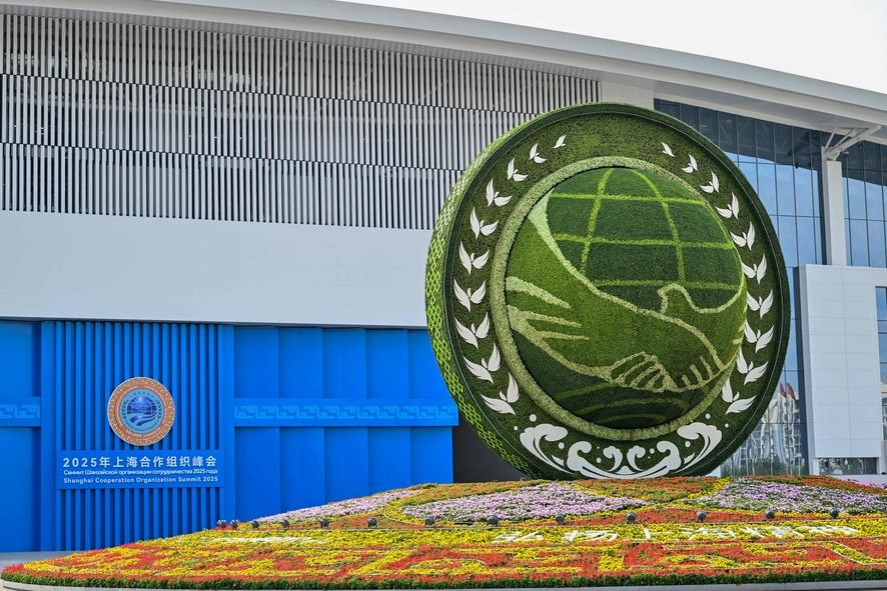Media ties bolster voice of Global South


The role of media collaboration in amplifying the voice of the Global South and enhancing cross-border understanding was highlighted at this year's South and Southeast Asian Media Network Annual Meeting.
Participants called for joint efforts to foster common prosperity and contribute to global development and security at the meeting held in Kunming, the capital of Yunnan province, on Friday.
In his opening remarks at the meeting, Qu Yingpu, publisher and editor-in-chief of China Daily, highlighted the role of the media in promoting regional and global peace and development as a "stabilizer" and "power source", as the world is rapidly changing and is once again experiencing the turbulence of transformation.
Initiated by China Daily Asia Pacific and the Yunnan International Communication Center for South and Southeast Asia in January 2024, the network aims to leverage the strength of Yunnan as a gateway to open up to South and Southeast Asia, deepen cooperation among media outlets in the region, and contribute to regional socioeconomic development. It has attracted more than 100 media outlets from 12 countries to take part in the network.
"South and Southeast Asian countries have long histories, similar cultures and shared pursuits. We should continue to explore the cultural treasures of the region via storytelling and actively organizing diverse exchange activities," Qu said.
Zeng Yan, head of the publicity department of the Yunnan Provincial Committee of the Communist Party of China, said that the founding of the network has received active responses from mainstream media in South and Southeast Asia, and is expected to establish a new model for media cooperation in Asia.
"The media serves as a crucial force for the Global South to achieve sustainable development and news reports on boosting peace, communication, exchanges and common interests are essential," she said.
As the gateway connecting China with South and Southeast Asia, Zeng said that Yunnan enjoys geographical proximity, cultural affinity, and close people-to-people connections and business interactions with these countries.
"The network helps to bring such relationships even closer. Members of the network will collaborate on publishing newspapers and magazines, and managing websites and new media platforms," she said, and reaffirmed that network members will stick to the principle of openness, tolerance and mutual benefits.
Khamphanh Pheuyavong, secretary of the Lao People's Revolutionary Party Central Committee, who is also chairman of the LPRP Central Committee's Commission for Propaganda and Training, urged network members to further strengthen communication and cooperation to enhance news reporting skills empowered by new technologies such as artificial intelligence.
He also suggested completing the network's news sharing mechanism, especially to exchange ideas on emerging trends and cooperation opportunities.
Maung Maung Ohn, Myanmar's minister of information, noted that South Asia and Southeast Asia are currently among the regions with the fastest economic growth in the world.
"In terms of the news industry, we should also stay at the forefront of technology … China now holds strong technical competence. In the future, we hope to work closely with China under the network's framework, sending our media professionals to the country to learn new technologies," he said.
His words were echoed by Wu Xu, executive secretary of the All-China Journalists Association.
"The technological revolution is now fundamentally changing the media landscape, presenting both opportunities and challenges. We will continue to collaborate with Asian media to utilize new technologies and further expand cooperation with the network members, jointly improving news productivity and enhancing communication efficiency," Wu said.
Contact the writers at yangwanli@chinadaily.com.cn

































